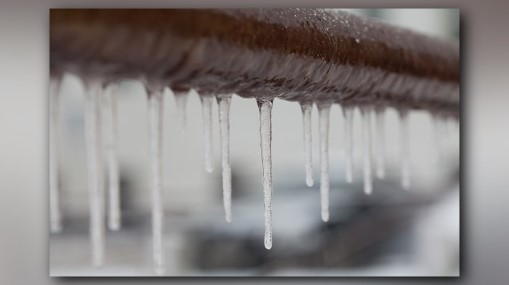Avoiding Frozen Plumbing in Cold Weather: Key Strategies
Avoiding Frozen Plumbing in Cold Weather: Key Strategies
Blog Article
Just how do you actually feel on the subject of How To Avoid Freezing Pipes?

Cold weather can damage your pipes, specifically by freezing pipelines. Here's how to prevent it from occurring and what to do if it does.
Introduction
As temperatures decrease, the danger of icy pipelines rises, possibly leading to costly repairs and water damages. Understanding just how to prevent icy pipelines is vital for home owners in cold environments.
Comprehending Icy Pipes
What creates pipelines to freeze?
Pipelines freeze when exposed to temperatures listed below 32 ° F (0 ° C) for extended periods. As water inside the pipelines ices up, it broadens, putting pressure on the pipeline wall surfaces and potentially creating them to break.
Threats and damages
Icy pipelines can cause water system interruptions, building damages, and expensive repairs. Ruptured pipelines can flood homes and create considerable architectural damage.
Indicators of Frozen Pipeline
Recognizing icy pipelines early can stop them from breaking.
Just how to recognize frozen pipelines
Seek reduced water flow from taps, unusual smells or sounds from pipes, and visible frost on revealed pipelines.
Avoidance Tips
Insulating prone pipelines
Wrap pipelines in insulation sleeves or utilize warm tape to protect them from freezing temperature levels. Concentrate on pipelines in unheated or external locations of the home.
Home heating strategies
Maintain indoor areas effectively heated, specifically locations with pipes. Open up cupboard doors to enable cozy air to flow around pipes under sinks.
Protecting Outdoor Plumbing
Yard hoses and outside taps
Separate and drain yard pipes before winter months. Mount frost-proof spigots or cover outside faucets with shielded caps.
What to Do If Your Pipelines Freeze
Immediate actions to take
If you believe icy pipes, keep faucets available to eliminate stress as the ice thaws. Utilize a hairdryer or towels soaked in hot water to thaw pipelines slowly.
Long-Term Solutions
Structural modifications
Consider rerouting pipelines away from exterior wall surfaces or unheated locations. Include additional insulation to attics, cellars, and crawl spaces.
Updating insulation
Invest in high-quality insulation for pipes, attics, and wall surfaces. Proper insulation aids maintain regular temperatures and lowers the danger of icy pipelines.
Conclusion
Stopping icy pipes needs positive procedures and fast responses. By understanding the causes, indications, and safety nets, home owners can protect their pipes throughout winter.
5 Ways to Prevent Frozen Pipes
Drain Outdoor Faucets and Disconnect Hoses
First, close the shut-off valve that controls the flow of water in the pipe to your outdoor faucet. Then, head outside to disconnect and drain your hose and open the outdoor faucet to allow the water to completely drain out of the line. Turn off the faucet when done. Finally, head back to the shut-off valve and drain the remaining water inside the pipe into a bucket or container. Additionally, if you have a home irrigation system, you should consider hiring an expert to clear the system of water each year.
Insulate Pipes
One of the best and most cost-effective methods for preventing frozen water pipes is to wrap your pipes with insulation. This is especially important for areas in your home that aren’t exposed to heat, such as an attic. We suggest using foam sleeves, which can typically be found at your local hardware store.
Keep Heat Running at 65
Your pipes are located inside your walls, and the temperature there is much colder than the rest of the house. To prevent your pipes from freezing, The Insurance Information Institute suggests that you keep your home heated to at least 65 degrees, even when traveling. You may want to invest in smart devices that can keep an eye on the temperature in your home while you’re away.
Leave Water Dripping
Moving water — even a small trickle — can prevent ice from forming inside your pipes. When freezing temps are imminent, start a drip of water from all faucets that serve exposed pipes. Leaving a few faucets running will also help relieve pressure inside the pipes and help prevent a rupture if the water inside freezes.
Open Cupboard Doors
Warm your kitchen and bathroom pipes by opening cupboards and vanities. You should also leave your interior doors ajar to help warm air circulate evenly throughout your home.

As a person who reads on How to Prevent Your Pipes From Freezing, I thought sharing that piece of content was important. For those who liked our blog posting plz don't forget to share it. Thank you for taking the time to read it.
Source This Article Report this page